Study Art and Antiques: Good or Fake?
- Peter van Os

- Oct 1, 2024
- 2 min read
In my profession as a Registered Valuer I am affiliated with the Federation TMV, the trade organization for valuers in movable property in all areas. Study days are organized regularly.
Recently, the study day for the art and antiques section focused on Good or Fake .
Inspiring and educational to discuss the value of various art and antique objects with colleagues.

Art and Antiques in the Collection Centre of the Netherlands
The location was very special: the CC NL depot in Amersfoort. This depot provides space for non-exhibited works from the Rijkscollecties of the following museums:
Rijksmuseum Amsterdam
Dutch Open Air Museum Arnhem
Palace Het Loo Apeldoorn
Cultural Heritage Agency of the Netherlands Amersfoort
After a tour of the depot, various objects were shown and assessed. Some 40 objects made of very diverse materials and from various periods were shown: silver, gold, furniture, porcelain, tiles, pottery, porcelain, jewelry.
'On the spot' appraisal, without in-depth research
The appraisers reported their findings individually and some exchanged views among themselves.
Unlike what you normally use in terms of reference works, digital information and further research, we had to produce our findings directly in a short time, purely based on experience.
When determining the findings, attention is paid to:
Signature, brands and features.
Previously appraised comparable objects
Type and condition of the material
Recently completed sales
Good or bad?
To describe the findings during the study day, the same structure was used as on a valuation report. Supplemented with the conclusion: Good or False
Description
Period
Material
Insurance value.
Good or False
At the end of the afternoon, all objects were tested in collaboration with the depot experts on the basis of the extensive research carried out by the museums.
The situation of direct valuation is comparable to daily practice in my own art dealership, with the caveat that further investigation may be desirable.
What was false during the study afternoon?
A silver brandy bowl, a Hindeloopen miniature wardrobe and a pair of
Copper marking plates used for silver hallmarks turned out to be counterfeit.
The incorrect information included the period. In the 19th century, for example, the silver brandy bowl was copied after a 17th century example. This can be seen from a number of criteria.
Youngest appraiser of Art and Antiques
I myself have been working in this beautiful profession my entire career. At FederatieTMV I was sworn in as the youngest appraiser at the age of 27 in 1981. But still, on a study afternoon like this I also learned something!
Websites
Collection Center Netherlands
Federation TMV
Rijksmuseum Amsterdam
Dutch Open Air Museum Arnhem
Palace Het Loo Apeldoorn
Cultural Heritage Agency of the Netherlands Amersfoort

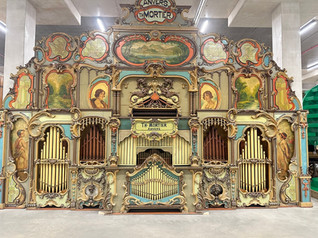

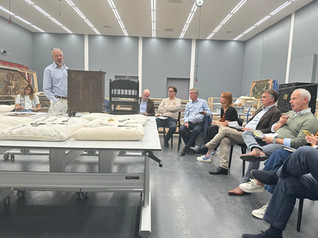



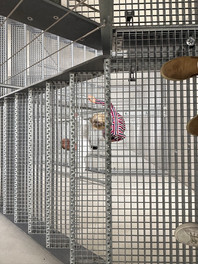



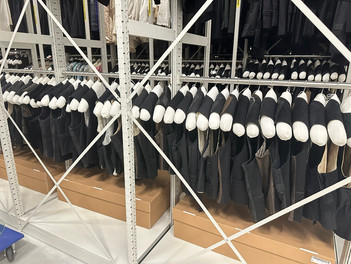





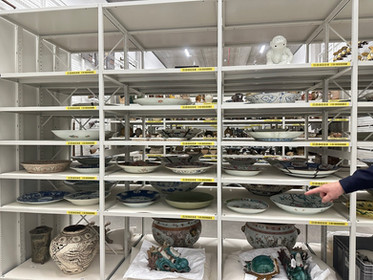





Comments